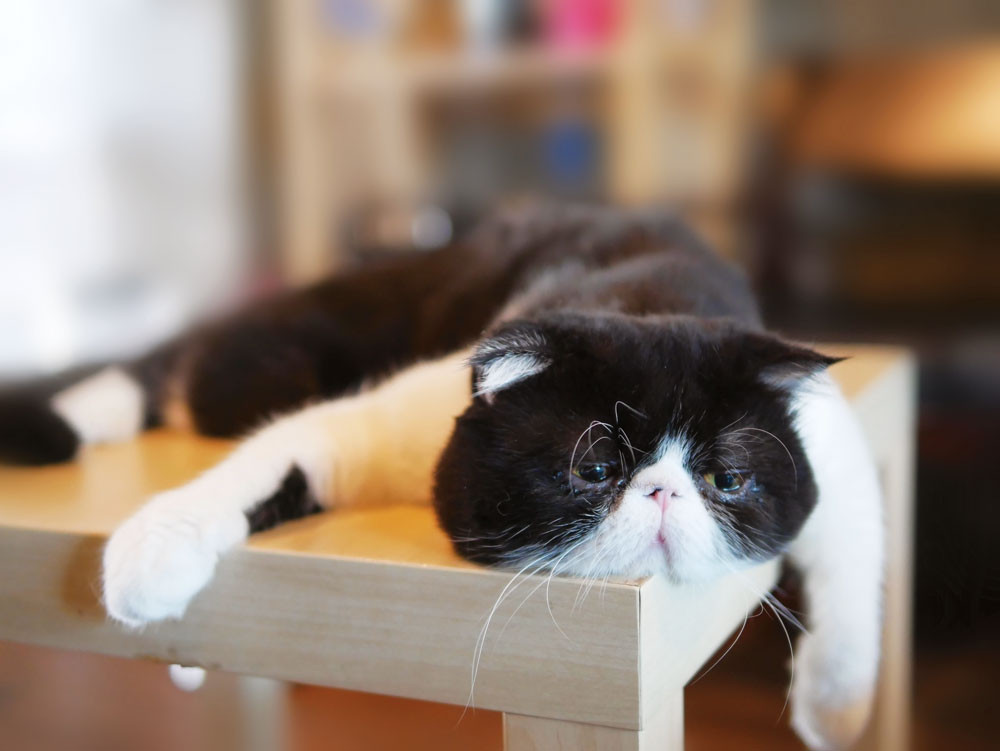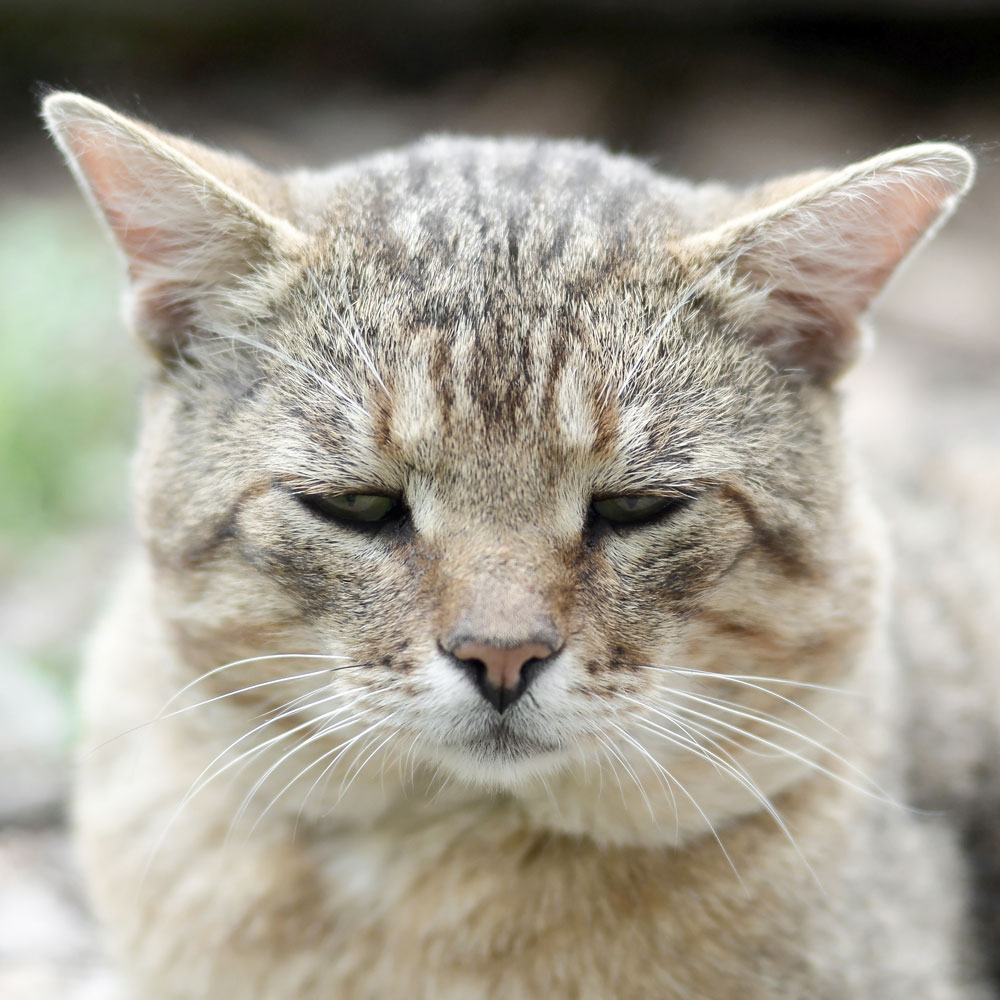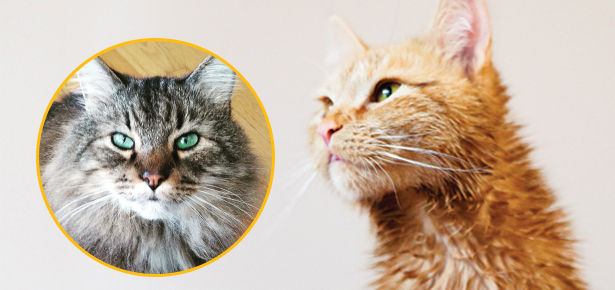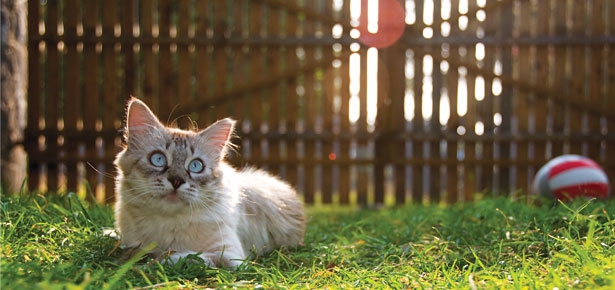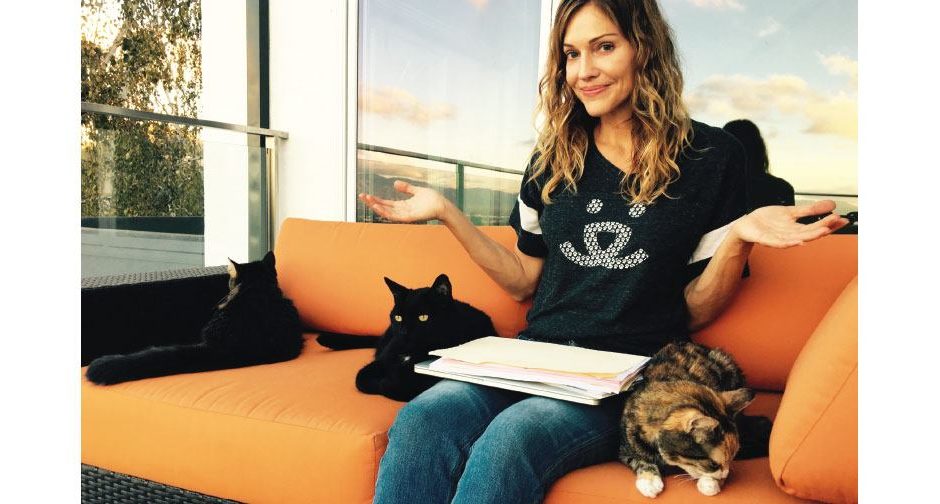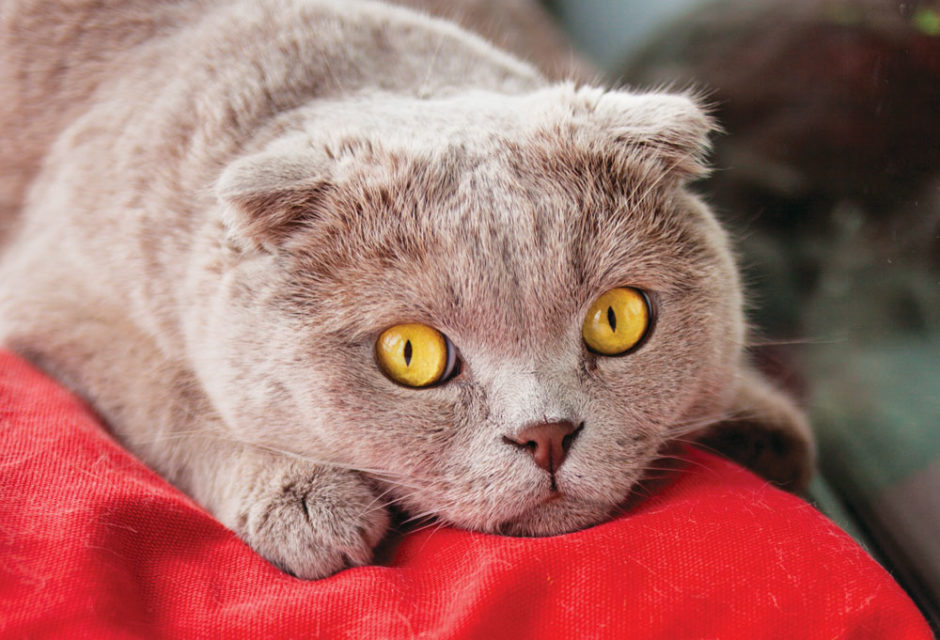
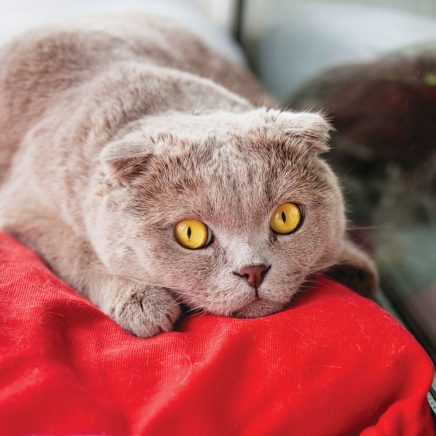
When Cats are Stressed & Depressed
How to identify and minimize chronic stress in cats
Most cat caregivers recognize when a cat is in acute stress. Physically, the cat’s body language changes into a crouched position, the cat may growl or hiss, the ears are pinned back, and the pupils are very dilated. For many, this is a familiar position seen at the veterinary clinic [for how to reduce vet visit trauma, click here]. Acute stress is usually obvious and cat caregivers can often identify the cause for the cat’s response. But what about the more insidious, lower level chronic stress? More detrimental to your cat’s health, long-term stress can go missed, with damaging consequences. Here’s how to identify and address chronic stress in cats.
Is Stress Always Bad?
It’s impossible to eliminate all stress in a cat’s life. Some degree of stress is essential when it comes to survival. When an animal feels threatened, the acute stress response triggers hormones that trip the fight/flight/freeze response. The surge of hormones from the stress response helps an animal prepare to fight, run to safety, or freeze in place. This response is intended to be short-lived to equip animals for what is needed in a temporary situation. After the threat is gone, all physiological systems go back to normal settings.
The problem for most cats isn’t the obvious acute stress, but rather, the more subtle and easily overlooked chronic stress. This is the type of stress that seems to stay under the radar of many caregivers. Chronic stress, if allowed to continue long-term, can contribute to medical problems, behaviour issues, and even depression. The body wasn’t created to endure unrelenting chronic stress.
Chronic Stress
Signs of chronic stress are easy to overlook. They could include a change in appetite, litter box habits, activity level, and even change in appearance as the cat may begin overgrooming. Because these behaviours seem to creep up slowly over time, they can be missed by even the most diligent caregiver. This is the type of stress that takes up residence in situations such as when there’s ongoing tension in a multi-cat family, or when litter box conditions remain unsatisfactory for a cat. Other factors that can cause chronic stress include punishment, loneliness, inconsistent family schedules, constant family chaos, and even long-term illness. The list could go on. The point is that it can be easy to miss signs of chronic stress, but the effects can be very detrimental.
Some signs of stress may include:
- Change in litter box habits
- Change in appetite
- Change in social behaviour
- Change in sleep patterns
- Excessive grooming
- Change in normal vocalization
- Increased aggression
- Hiding
How to Minimize Stress: Think Like a Cat
Step number one is to uncover the cause(s) of the stress. This involves using your think like a cat skill to look at the environment from her perspective. You can provide a loving, comfortable home for your cats but also miss the fact that every time one kitty tries to use the litter box, she gets ambushed by a housemate cat. Or, maybe your cat is very bonded with you and now that you’ve changed to a job that requires longer hours away, she remains stressed because of the inconsistent schedule.
As you look at the environment from your cat’s point of view, you may notice not one, but multiple stress triggers that could use tweaking to reduce or even eliminate their effects. The most important fact is that you don’t want to just let your cat live in a state of chronic stress as that can impact her health, may lead to depression, and it’s heartbreaking in terms of quality of life.
#1 Have your cat checked by the veterinarian to rule out any underlying medical problem that could be contributing to chronic stress.
#2 Help your cat adjust to being in a carrier by leaving the carrier out as a cozy hideaway and feeding your cat near and eventually inside the carrier.
#3 Choose a veterinary clinic that emphasizes low-stress handling and fear reduction. (see page 58)
#4 Re-examine the litter box set-up to make sure you have enough boxes, they’re in multiple locations, kept clean, and are the right size/type for each cat in the home. The recommendation is to have as many boxes as you have cats plus one extra for good measure. Senior cats or ones who are less mobile will benefit from having litter boxes that are easy to enter and exit so choose low-sided boxes and increase locations for maximum convenience.
#5 Increase the fun factor and build kitty confidence by doing at least two interactive play sessions every day. Use a fishing-pole type toy and conduct fun play sessions so your cat can enjoy being the Mighty Hunter. Interactive toys allow you to move the toy like prey so the cat can truly enjoy the hunt. Don’t forget to let them go in for “the kill.”
#6 Address ongoing multi-cat tension in the home by doing necessary behaviour work or even do a total reintroduction if needed. This process involves separating the cats and reintroducing them as if they’ve never met.
#7 Increase environment enrichment by adding elevated areas for climbing/playing, cozy hiding places, scratching surfaces, and solo playtime opportunities so your cat can have fun when alone in the home.
#8 Provide good quality nutrition and make sure the feeding station is secure and quiet. Make sure another cat isn’t bullying at the feeding station and that the food bowl is not in the middle of household traffic. Cats typically prefer quiet, safe areas to enjoy their meals.
#9 Gradually and gently socialize your cat by introducing new things, people and experiences in a way that doesn’t overwhelm. Doing so gently can help a kitten be more comfortable around people and other animals as an adult.
#10 Introduce change in your cat’s life in a gradual and comfortable way since cats don’t like abrupt changes.
#11 In a multi-cat environment, make sure there are enough resources and that they’re spread throughout the home to avoid resource-guarding behaviour.
#12 Incorporate clicker training to help rebuild trust and encourage confidence. For a timid or reluctant cat, clicker training becomes a comfortable language between the two of you that allows the cat to take baby steps of progress and get rewarded.
#13 Do new cat introductions very gradually and give the cats a reason to like each other by offering treats, food or playtime when they are in the presence of each other. It’s all about reducing feelings of being threatened and increasing positive associations.
#14 Pay attention to changes in behaviour, litter box habits, appetite, and appearance.
#15 Provide choice for your cat so she has control over how much interaction she wants and how much personal space she needs.
#16 If you think the stress is due to loneliness, consider the addition of a cat buddy but remember the introduction must be done in a gradual, positive way. Some signs of loneliness may include lack of interest in playtime, changes in eating habits, depression, destructive behaviour, lack of interaction with family or being very clingy. Keep in mind that these could also be signs of a medical issue so always have your cat checked by the veterinarian.
#17 Use consistency and patience when training, and never use punishment.
Join the newsletter and never miss out on cat content again!
"*" indicates required fields
By clicking the arrow, you agree to our web Terms of Use and Privacy & Cookie Policy. Easy unsubscribe links are provided in every email.





